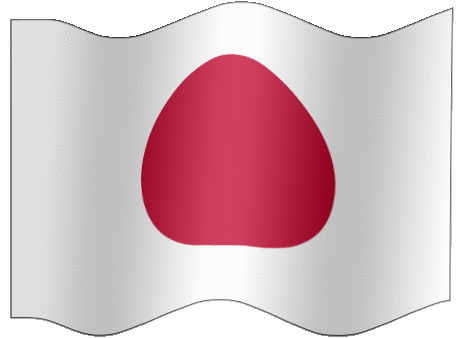Upcoming Events
There are no events available at this time.
Upcoming Events
There are no events available at this time.
News Updates
Find out the latest news featuring top financial and economic updates.
Providing financial solutions driven by emerging technology.
We welcome disruptive technology and innovation as we focus on delivering forward thinking strategies by offering faster and more efficient services to our clients.


